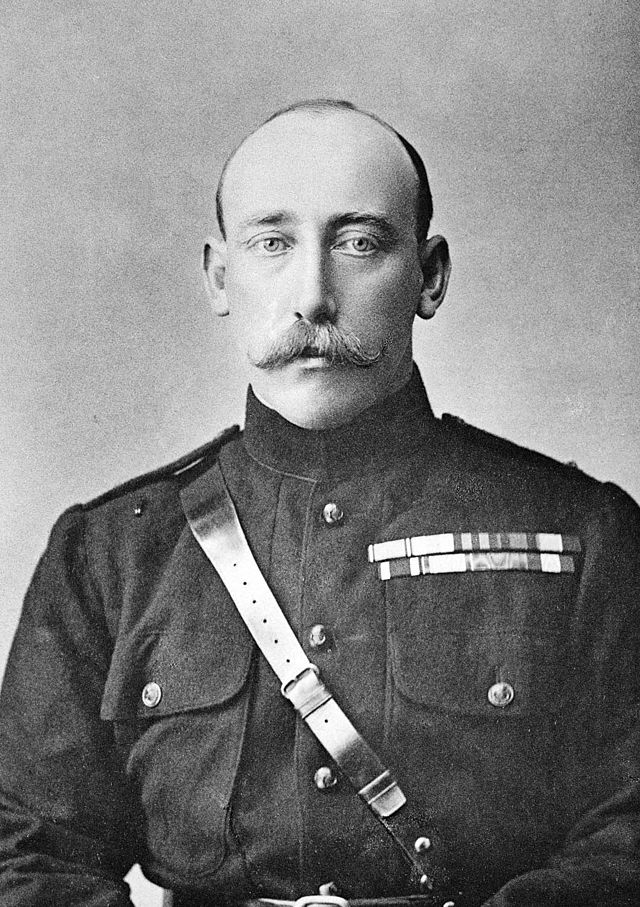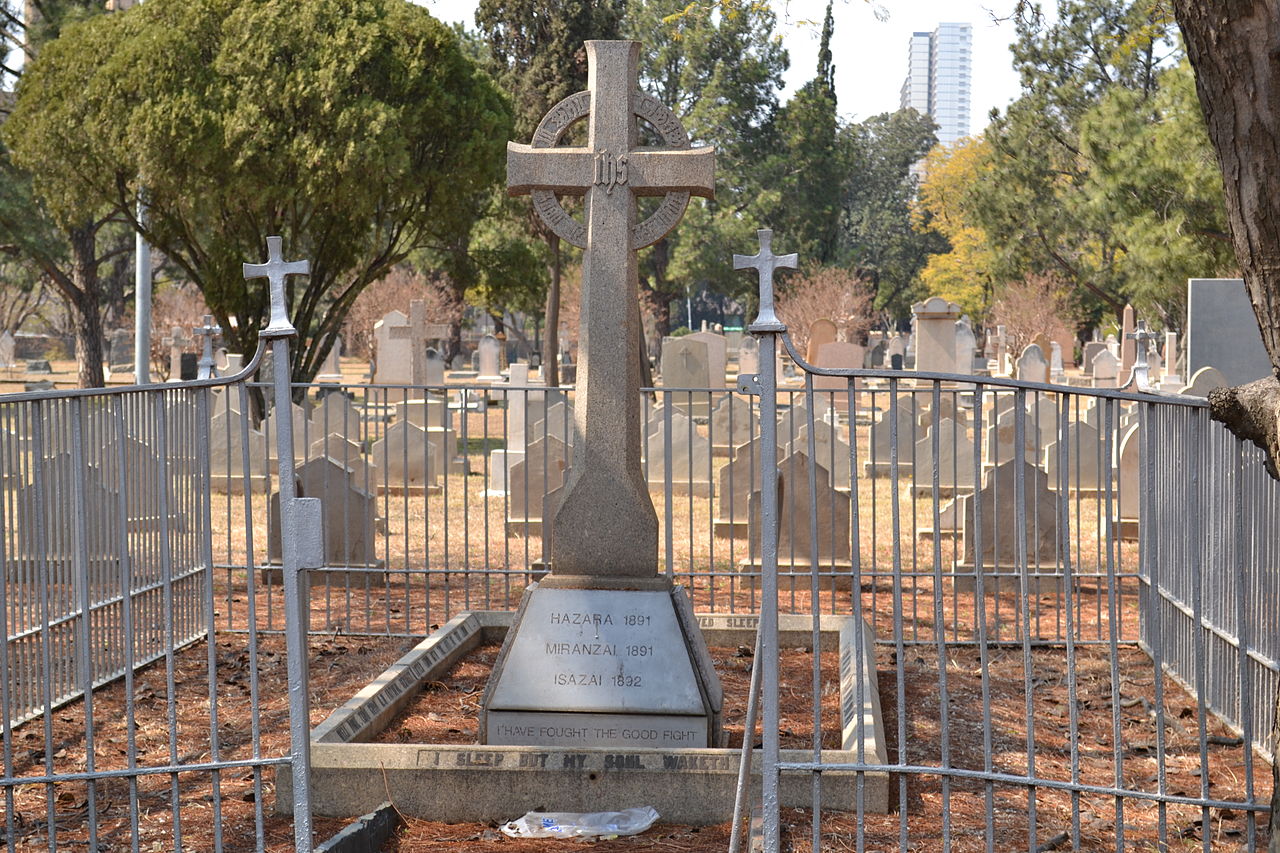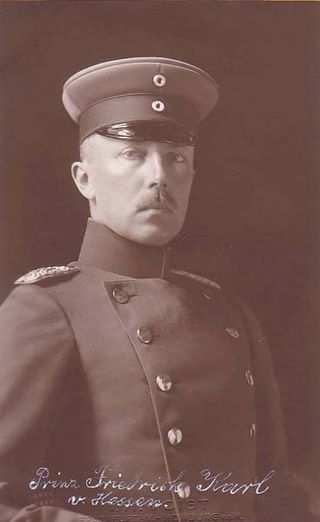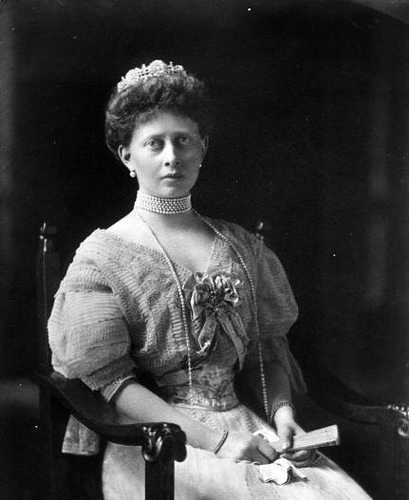by Susan Flantzer © Unofficial Royalty 2015

Prince Arthur, Duke of Connaught; Credit – Wikipedia
Prince Arthur was born on May 1, 1850, at Buckingham Palace in London, England, the third son and the seventh of the nine children of Queen Victoria of the United Kingdom and Prince Albert of Saxe-Coburg-Gotha. Arthur had five sisters and three brothers:
- Victoria, Princess Royal (1840-1901) married Friedrich III, German Emperor and King of Prussia, had four sons and four daughters
- King Edward VII of the United Kingdom (1841-1910) married Princess Alexandra of Denmark, had two sons and three daughters
- Princess Alice (1843-1878) married Ludwig IV, Grand Duke of Hesse and by Rhine, had two sons and five daughters
- Prince Alfred, Duke of Edinburgh, Duke of Saxe-Coburg and Gotha (1844-1900) married Grand Duchess Marie Alexandrovna of Russia, had one son and four daughters
- Princess Helena (1846-1923) married Prince Christian of Schleswig-Holstein, had two sons and two daughters
- Princess Louise (1848-1939) married John Campbell, Marquess of Lorne, 9th Duke of Argyll, no children
- Prince Leopold, Duke of Albany (1853-1884) married Princess Helena of Waldeck and Pyrmont, had one son and one daughter
- Princess Beatrice (1857-1944) married Prince Henry of Battenberg, had three sons and one daughter

Albert, Victoria and their nine children in 1857; Left to right: Alice, Arthur, Albert, Edward, Leopold, Louise, Victoria with Beatrice, Alfred, Victoria, and Helena; Credit – Wikipedia
On June 22, 1850, Arthur was christened Arthur William Patrick Albert in the Private Chapel of Buckingham Palace. His godparents were:
- Prince Wilhelm of Prussia (later Wilhelm I, German Emperor, King of Prussia)
- Princess Bernard of Saxe-Weimar-Eisenach (born Princess Ida of Saxe-Meiningen)
- Arthur Wellesley, 1st Duke of Wellington
Prince Arthur’s first two names were given in honor of his two godfathers: Arthur Wellesley, 1st Duke of Wellington, Commander of the Coalition Army that defeated Napoleon at the Battle of Waterloo, and a former Prime Minister (the prince was born on the Duke’s 81st birthday) and Prince Wilhelm of Prussia (later Wilhelm I, German Emperor, King of Prussia). Patrick was chosen to show his parents’ gratitude for the hospitality of the Irish people during their visit the previous year, and Albert, as his father wrote, “…Victoria’s love has always insisted on my name to finish up with.” Arthur’s one godmother, Princess Bernhard of Saxe-Weimar-Eisenach, was Ida, the sister of Queen Adelaide (the wife of King William IV), who had died five months before Arthur’s birth. Prince Albert wrote that Princess Ida was chosen “in memory of poor Queen Adelaide, who would certainly have been delighted at this addition to our family.”
A year later, Franz Xaver Winterhalter was commissioned to paint a portrait commemorating Prince Arthur’s first birthday, the eighty-second birthday of the prince’s godfather, the Duke of Wellington, and the opening day of the Great Exhibition, organized by Prince Albert. The painting (below) shows Prince Arthur and his parents, the Duke of Wellington offering a gift to Prince Arthur, and The Crystal Palace, the site of the Great Exhibition in the background.

The First of May 1851 by Franz Xaver Winterhalter; Credit – Wikipedia
Arthur resembled his father in looks and was obedient, conscientious, and disciplined. He was Victoria’s favorite son: “This child is dear, dearer than any of the others put together, [after Albert] the dearest and most precious object to me on earth.” Arthur was educated by private tutors.

Prince Arthur, 1st Duke of Connaught and Strathearn by Maull & Co, albumen cabinet card, late 1860s, NPG x38485 © National Portrait Gallery, London
Considering that Arthur was the godson of one of Britain’s most significant military figures, it was not unusual that he had a 40-year military career. During his long military career in the British Army, Arthur participated in many missions in various parts of the British Empire. In 1870, he served during the Red River Rebellion in Canada. In 1882, he took part in the campaign under General Wolseley to put down the Urabi Revolt in Egypt by leading the Guards Brigade in the decisive Battle of Tel el-Kebir. Between 1886 and 1890, Arthur served in India as the Commander-in-Chief of the Bombay Army.
On April 1, 1893, Arthur was promoted to General. He hoped that he would be appointed as Commander-in-Chief of the British Army when his first cousin once removed, Prince George, 2nd Duke of Cambridge, retired in 1895, but instead, he was given command of the southern district of Aldershot. On June 26, 1902, Arthur was appointed Field Marshal. He served as Commander in Chief in Ireland and Commander of the Third Army Corps (1900-1904), Inspector-General of the Forces (1904 and 1907), and Chief of Staff (1904-1907).
Despite being Queen Victoria’s least troublesome and favorite child, Arthur annoyed his mother with his choice of a bride. Princess Luise Margarete of Prussia was born at Marmorpalais (Marble Palace) near Potsdam in the Kingdom of Prussia. Her parents were Prince Friedrich Karl of Prussia and Princess Maria Anna of Anhalt. Queen Victoria considered Louise Margaret a less-than-satisfactory spouse for her son. She was plain-looking and had broken teeth. Her parents were unpleasant, had an unhappy marriage, and lived apart. Queen Victoria wanted to avoid associating her family with a possible scandal. Nevertheless, Arthur and Louise Margaret were married on March 13, 1879, at St. George’s Chapel, Windsor Castle.

Prince Arthur, 1st Duke of Connaught and Strathearn; Princess Louise, Duchess of Connaught (née Princess of Prussia) after Léon Abraham Marius Joliot, albumen carte-de-visite, 1870s, NPG Ax131371© National Portrait Gallery, London
Arthur and Louise Margaret had one son and two daughters. The Swedish and Danish Royal Families are their descendants. The family resided at their country home, Bagshot Park, and Clarence House, their London residence.
- Princess Margaret of Connaught (1882-1920), married Crown Prince Gustaf Adolf of Sweden, had issue, Margaret died before her husband became King Gustaf VI Adolf of Sweden; Danish and Swedish Royal Families descend from this marriage
- Prince Arthur of Connaught (1883-1938), married Princess Alexandra, Duchess of Fife, a great-granddaughter of Queen Victoria, had issue
- Princess Patricia of Connaught (1886-1974), married The Honorable Alexander Ramsay, had issue, upon her marriage Patricia voluntarily relinquished her title of Princess and her style Royal Highness and was known as Lady Patricia Ramsay
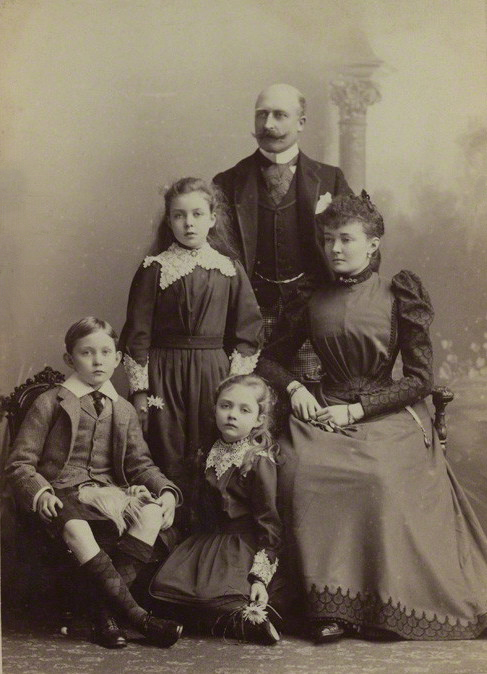
The Duke and Duchess of Connaught with their children; Credit – Wikipedia
In 1899, Arthur’s nephew Prince Alfred of Edinburgh and Saxe-Coburg and Gotha, the only son of Arthur’s older brother Alfred, Duke of Edinburgh and Saxe-Coburg and Gotha, died. Arthur was the immediate successor of his brother Alfred, but chose to relinquish his claim and his son’s claim to the Duchy of Saxe-Coburg and Gotha. This caused Prince Carl Edward, Duke of Albany, the posthumous son of Alfred and Arthur’s brother Prince Leopold, Duke of Albany, to become Alfred’s heir and successor when he died in 1900.
In 1911, to strengthen the links between the British monarchy and Canada, Arthur was appointed the first Governor-General of Canada, who was a member of the Royal Family. Arthur was accompanied to Canada by his wife and his daughter Patricia. They lived in Rideau Hall in Ottawa and undertook extensive travels in Canada. After the outbreak of World War I in 1914, Arthur and his family remained in Canada. He stressed the need for military training of Canadian troops and gave his name to the Connaught Cup of the Royal Canadian Mounted Police, a competition in pistol marksmanship for Canadian recruits. During World War I, Arthur served in various emergency services and visited hospitals, while his wife worked for the Red Cross and other organizations. Arthur’s daughter Princess Patricia gave her name to a newly formed regiment, Princess Patricia’s Canadian Light Infantry.

Prince Arthur and group with sleds in Ottawa, Canada; Credit – Wikipedia
After his time in Canada, Arthur returned to the British Army and served for the rest of World War I. Louise Margaret, who had been ill during their stay in Canada, died of influenza and bronchitis on March 14, 1917, at the age of 56. Arthur withdrew from public life in 1928 and died on January 16, 1942, at Bagshot Park in Surrey, England, at the age of 91. His sister Princess Louise, Duchess of Argyll, also died at the age of 91, making both Arthur and Louise the longest-lived of Victoria and Albert’s children. Arthur was buried at the Royal Burial Ground at Frogmore in Windsor, England.
Arthur’s only son predeceased him in 1938, and at Arthur’s death, his grandson Alastair became the 2nd Duke of Connaught and Strathearn. However, Alastair died a year later, and as he was childless, the title Duke of Connaught and Strathearn reverted to the Crown.
This article is the intellectual property of Unofficial Royalty and is NOT TO BE COPIED, EDITED, OR POSTED IN ANY FORM ON ANOTHER WEBSITE under any circumstances. It is permissible to use a link that directs to Unofficial Royalty.
Queen Victoria Resources at Unofficial Royalty
- House of Hanover: Queen Victoria Index
- Bibliography of Royal Biographies: Queen Victoria and Family
- British Royal Weddings
- Christenings of Queen Victoria, Prince Albert, Their Children, and Select Grandchildren
- Hemophilia in Queen Victoria’s Family
- History and Traditions: Weddings of Queen Victoria and Her Children
- Queen Victoria’s Children and Grandchildren Articles Index
- Queen Victoria’s Great-Grandchildren
- Queen Victoria’s Great-Great-Grandchildren
- Queen Victoria’s Inner Circle Index (Household, Ladies, Prime Ministers, Private Secretaries, Relatives Articles)






